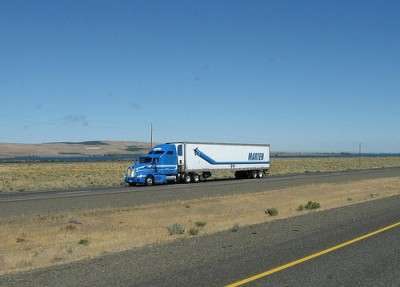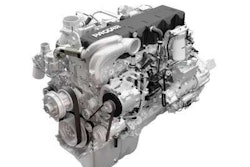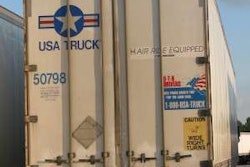
For the fourth quarter, net income was $4.3 million compared with $3.5 million for the third quarter of 2009 and $5.8 million for the fourth quarter of 2008. For 2009, net income was $16.3 million compared with $18.1 million in 2008.
Operating revenue, consisting of revenue from truckload and logistics operations, decreased 8.3 percent to $128.7 million in the fourth quarter from $140.4 million and decreased 16.7 percent to $505.9 million in 2009 from $607.1 million in 2008. Operating revenue, net of fuel surcharge revenue, decreased 4.3 percent to $112.1 million in the 2009 quarter from $117.1 million in the 2008 quarter and decreased 5.1 percent to $450.1 million in 2009 from $474.5 million in 2008, primarily due to a decrease in average miles per tractor.
The company said operating revenue was impacted adversely by the exceptionally challenging operating environment with reduced freight demand, excess capacity and an unprecedented increase in renegotiated shipper bid packages during 2009, resulting in an unfavorable rate environment. The decreases in operating revenue also were attributed to fuel surcharge revenue decreasing to $16.6 million in the quarter from $23.2 million in the 2008 quarter and to $55.7 million in 2009 from $132.6 million in 2008, caused by significantly lower fuel prices in the 2009 periods.
“We are encouraged by our increased profitability from this year’s third quarter, despite a 5.3% increase in the average cost of fuel,” said Randolph L. Marten, chairman and chief executive officer of the Mondovi, Wis.-based company. “We were able to achieve this by improving our average truckload revenue per tractor per week and by our continued progress in managing our operating costs. We believe that many of the benefits of our strategic initiatives, which include a transformation to a more regional network from our traditional long-haul business and further expansion into the temperature-controlled intermodal market, will be more pronounced as demand increases. We believe that this transformation of our services – along with our competitive position, cost-control emphasis, modern fleet and strong balance sheet – position us well for growth.”










